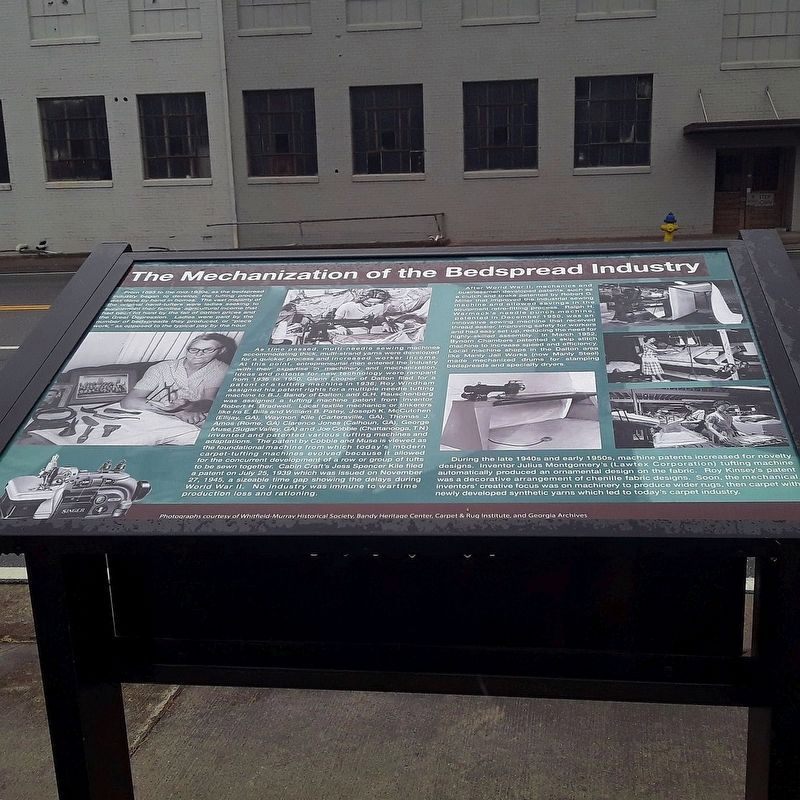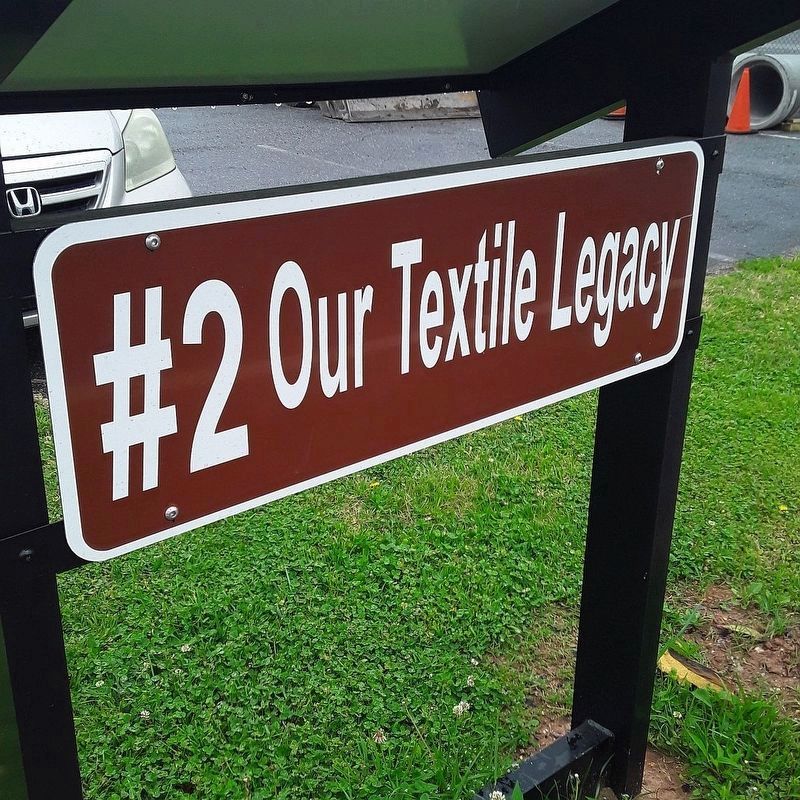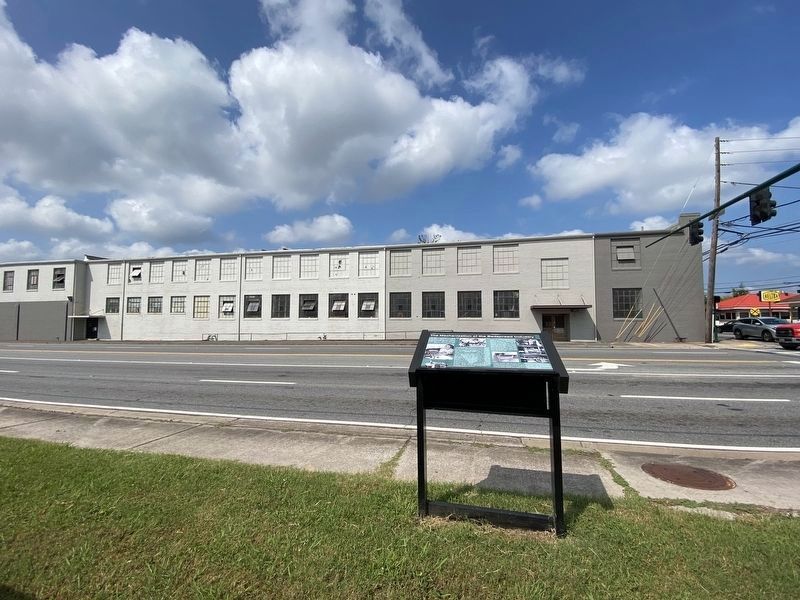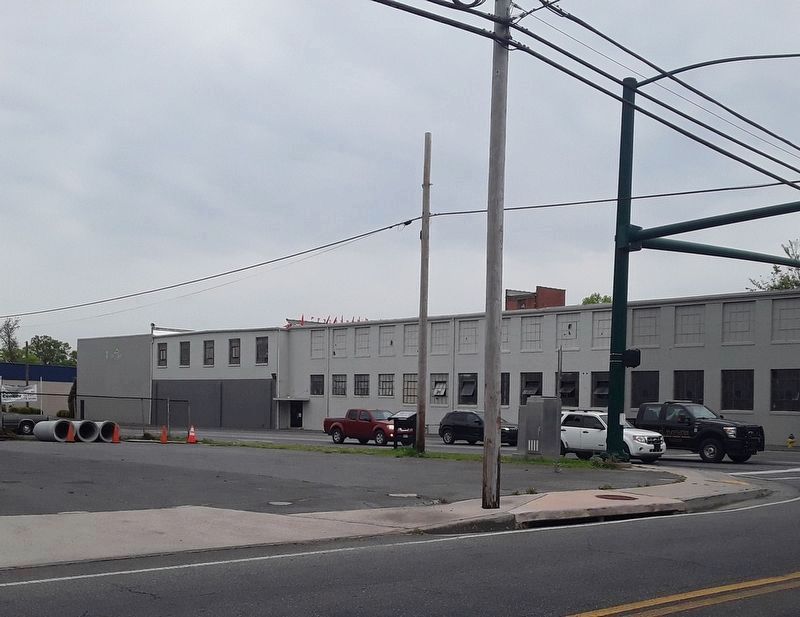The Mechanization of the Bedspread Industry
From 1895 to the mid-1930s, as the bedspread Industry began to develop the tufting process was done by hand in homes. The vast majority of the original hand-tufters were ladies seeking to supplement their families agricultural income that had been hit hard by the fall of cotton prices and the Great Depression. Ladies were paid by the number of bedspreads they produced, or "piece work," as opposed to the typical pay by the hour.
As time passed, multi-needle sowing machines accommodating thick, multi-strand yarns were developed for a quicker process and increased worker income. At this point, entrepreneurial men entered the industry with their expertise in machinery and mechanization. Ideas and patents for new technology wore rampant from 1936 to 1950. Glenn Dalton filed for a patent of a tufting machine in 1936; Roy Windham assigned his patent rights for a multiple needle tufting machine to B.J. Bandy of Dalton; and G.H. Rauschenberg was assigned a tufting machine patent from inventor Robert H. Bradwell. Local textile mechanics or tinkerers like Ira E. Bills and William B. Patey, Joseph K. McCutchen (Ellijay, GA), Waymon Kile (Cartersville, GA). Thomas J. Amos (Rome, GA) Clarence Jones (Calhoun, GA), George Muse (Sugar Valley, GA) and Joe Cobble (Chattanooga, TN) invented and patented various tufting machines and adaptations.
The patent by Cobble and Muse is viewed as the foundational machine from which today's modern carpet-tufting machines evolved because it allowed for the concurrent development of a row or group of tufts to be sewn together. Cabin Craft's Jess Spencer Kile filed a patent on July 25, 1939 which was issued on November 27, 1945, a sizeable time gap showing the delays during World War II. No industry was immune to wartime production loss and rationing.After World War II, mechanics and businessmen developed patents, such as a clutch and brake patented by Robert G. Miller that improved the industrial sewing machine and allowed savings in the equipment retro-fitting process. Ralph H. Warmack's needle punch machine, patented in December 1950, was an innovative sewing machine that received thread easier, improving safety for workers and had easy set-up, reducing the need for highly-skilled assembly. In March 1952, Bynom Chambers patented a skip stitch to increase speed and efficiency. Local machine shops in the Dalton area like Manly Jail Works (now Manly Steel) made mechanized drums for stamping bedspreads and specialty dryers.
During the late 1940s and early 1950s, machine patents increased for novelty designs. Inventor Julius Montgomery's (Lawtex Corporation) tufting machine automatically produced an ornamental design on the fabric. Roy Kinsey's patent was a decorative arrangement
of chenille fabric designs. Soon, the mechanical inventors' creative focus was on machinery to produce wider rugs, then carpet with newly developed synthetic yarns which led to today's carpet industry.Erected by The Center for Public History of the University of West Georgia’s Department of History. (Marker Number 2.)
Topics. This historical marker is listed in these topic lists: Industry & Commerce • War, World II • Women. A significant historical date for this entry is July 25, 1939.
Location. 34° 46.105′ N, 84° 57.919′ W. Marker is in Dalton, Georgia, in Whitfield County. Marker is at the intersection of South Glenwood Avenue and East Morris Street, on the right when traveling north on South Glenwood Avenue. Touch for map. Marker is at or near this postal address: 200 E Morris St, Dalton GA 30721, United States of America. Touch for directions.
Other nearby markers. At least 8 other markers are within walking distance of this marker. Carpet Technology (about 500 feet away, measured in a direct line); Welcome to Dalton! (about 700 feet away); Our Textile Legacy (about 700 feet away); 600 Block of McCamy Street (approx. ¼ mile away); African-American Soldiers in Combat (approx. ¼ mile away); Western and Atlantic Railroad Depot (approx. 0.3 miles away); Fort Hill (approx. 0.3 miles away); Tristram Dalton (approx. 0.3 miles away). Touch for a list and map of all markers in Dalton.



